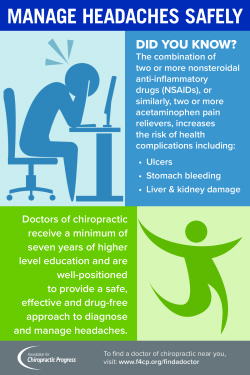Checking Out Cold Laser Therapy For Pain Alleviation: Myths, Truths, And Its Benefits
Checking Out Cold Laser Therapy For Pain Alleviation: Myths, Truths, And Its Benefits
Blog Article
Written By-
If you've been battling with persistent discomfort, you might have become aware of cold laser treatment. It is necessary to different reality from fiction before considering this treatment. Many individuals still believe different misconceptions bordering its performance. Understanding the clinical proof behind cold laser treatment can clarify its possible advantages for discomfort monitoring. So, what does the study really say, and exactly how might this treatment alter your approach to relief?
Common Myths About Cold Laser Therapy
What do you truly understand about cold laser treatment? You could think it's just a fad or that it hurts, but that's much from the fact.
Several believe it's only efficient for minor issues, while it can really assist a variety of problems. Some think it's the same as standard laser treatments, however cold laser therapy utilizes low-level light and doesn't generate warm, making it non-invasive and pain-free.
You could likewise hear that it's just for certain age groups, however individuals of every ages can profit. Lastly, there's a misconception that it's uncontrolled, when actually, numerous practitioners comply with stringent guidelines.
Understanding these myths can aid you make an educated decision regarding checking out cold laser treatment for your discomfort relief.
Scientific Proof Supporting Cold Laser Treatment
Many misunderstandings about cold laser treatment can cloud its performance, but an expanding body of scientific proof supports its usage for discomfort relief.
Research studies have shown that low-level laser therapy can minimize swelling, advertise cells healing, and alleviate discomfort in conditions like joint inflammation, tendinitis, and back pain.
adyar ananda bhavan stamford published in trusted journals highlights just how cold laser therapy stimulates cellular processes, boosting blood flow and increasing recuperation.
Medical tests constantly demonstrate considerable improvements hurting degrees and flexibility for patients undergoing this treatment.
You might discover it comforting that companies like the FDA back details cold laser tools, additionally confirming their healing possibility.
As even more professionals embrace this innovation, the proof continues to install, making it a viable option for discomfort monitoring.
Perks of Cold Laser Treatment for Discomfort Monitoring
As you check out discomfort monitoring choices, cold laser therapy sticks out for its various benefits.
First, it's non-invasive, suggesting you will not have to worry about surgical procedure or prolonged recovery times. This therapy boosts healing at the cellular level, minimizing swelling and pain properly. You'll likely experience quick relief without the adverse effects often connected with medications.
Furthermore, https://dallasvfnyg.theisblog.com/34637797/comprehending-the-mechanism-of-cold-laser-therapy-a-thorough-overview promotes raised blood flow, enhancing oxygen shipment and nutrient absorption in the damaged location. This can result in much faster recovery from injuries.
Several people report improved wheelchair and feature, allowing you to go back to day-to-day activities faster. Overall, cold laser treatment offers a safe, reliable choice for handling pain and speeding up recovery.
Conclusion
To conclude, cold laser treatment isn't just a passing fad; it's a proven, efficient choice for handling discomfort and promoting recovery. By unmasking typical misconceptions and highlighting clinical support, you can see how this non-invasive therapy can improve your flexibility and general lifestyle. If you're trying to find a secure alternative to standard pain alleviation approaches, think about checking out cold laser therapy-- maybe the remedy you've been searching for.
